2024 Peugeot 208 Review: A Small French Car Done Right

Pros
- Willing powertrain and agile, chuckable chassisInterior generally looks and feels good
Cons
- Reasonably tall drivers will have to compromise on driving positionPetrol engine isn’t the smoothest
Reports of the supermini’s death have been greatly exaggerated. Yes, the Ford Fiesta is gone, and the VW Polo’s future looks a bit uncertain, but there’s still a pretty wide choice in this class, from budget-friendly options like the Dacia Sandero and MG 3 to more premium stuff like the Mini.
Then there’s everything that sits in between, including this, the Peugeot 208. The second-generation car has been around since 2019, and it’s consistently been one of the best-selling cars in Europe (although not in the UK, where the very closely related Vauxhall Corsa has always been more popular). It’s just had a fairly mild facelift – prime time to dig into just why this little car is so popular.
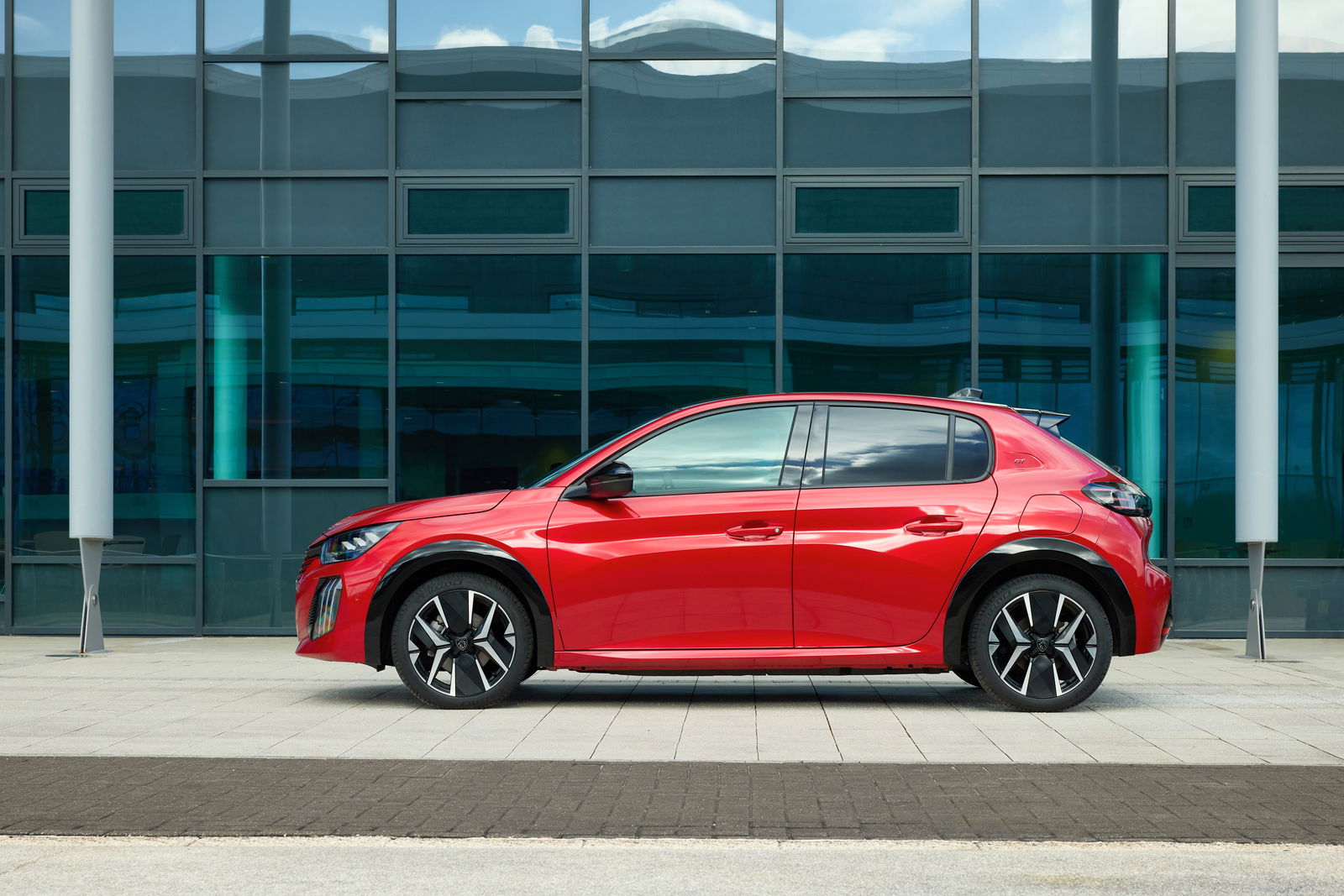
Thanks to the plethora of powertrains that Peugeot has access to as part of Stellantis, the 208 is available with pure petrol, hybrid or full electric powertrains. I’ve been driving the hybrid, which has a 1.2-litre turbocharged triple paired with a little electric motor. It’s an old-school hybrid, so there’s no plugging in to do, and transmits power via a six-speed dual-clutch automatic.
This is the 134bhp version, the most powerful combustion-equipped 208 available (power goes as high as 154bhp in the electric e-208). It’s also in top GT trim, which gets a smattering of extra kit. Peugeot reckons you’ll get up to 65mpg out of it and a sensible driver shouldn’t have an issue cracking 50.
Interior quality has never exactly been the small French car’s forte, but huge progress has been made in recent years, and for a car of its size, the 208 feels properly nice inside. Search around enough and you’ll find cheap bits – the piano black plastic on the centre console, for instance, or the slightly scratchy stuff on the door cards. Everything you normally touch, though, has a genuinely premium feel to it, including the snug, comfy seats. The carbon-effect bits look a bit naff, though.

The 208, like all new Pugs, gets the brand’s i-Cockpit setup. Don’t be fooled by the futuristic name – it’s marketing-speak for an interior that pairs a configurable digital instrument cluster with a tiny, low-mounted steering wheel.
The cluster is as clear and legible as you expect these things to be and has some very neat 3D effects, but the wheel is an issue. People who drive modern Peugeots tend to either love or hate this and unfortunately, I’m in the latter camp. If, like me, your ideal seating position is low and far back, you’re forced into a compromise: either have the steering wheel set uncomfortably low or set it at your usual height, where it entirely obscures your speed readout. What’s that thing about reinventing the wheel?
Space is as you’d expect for a supermini – a reasonably tall driver is going to turn it into a strict three-seater. Said driver, though, will have plenty of room themselves, and the panoramic roof makes it feel nice and airy. It’s a different story in the back, where it’s rather dark and headroom is at a serious premium.
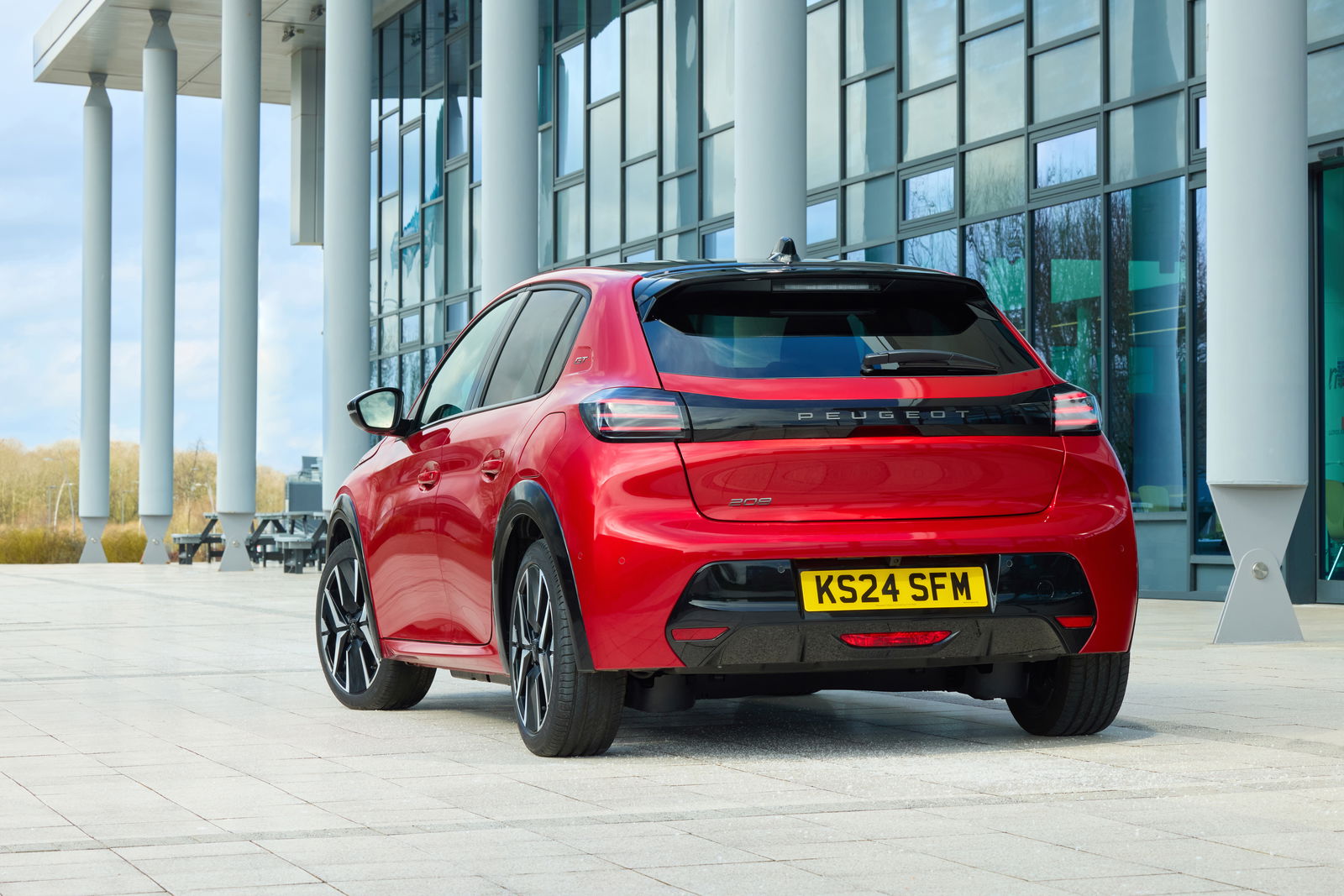
The 208 makes its own calls on whether to run on electricity or petrol, with the balance shifting depending on whether you’re in eco, normal or sport mode. When the engine does kick in at idle, it can be a little rough and thrummy.
It settles down once you get moving, though, and the 208 nicely juggles electricity and petrol. What’s perhaps surprising is just how nippy it is with this drivetrain. It’s pretty lithe at 1228kg, and with the electric motor providing extra low-end grunt, it gathers speed enthusiastically. With this setup, 0-62mph takes 8.1 seconds, and it’ll top out at 127mph. These were hot hatch numbers not too long ago, and it shows. The gearbox is smooth but occasionally a bit slow-witted.
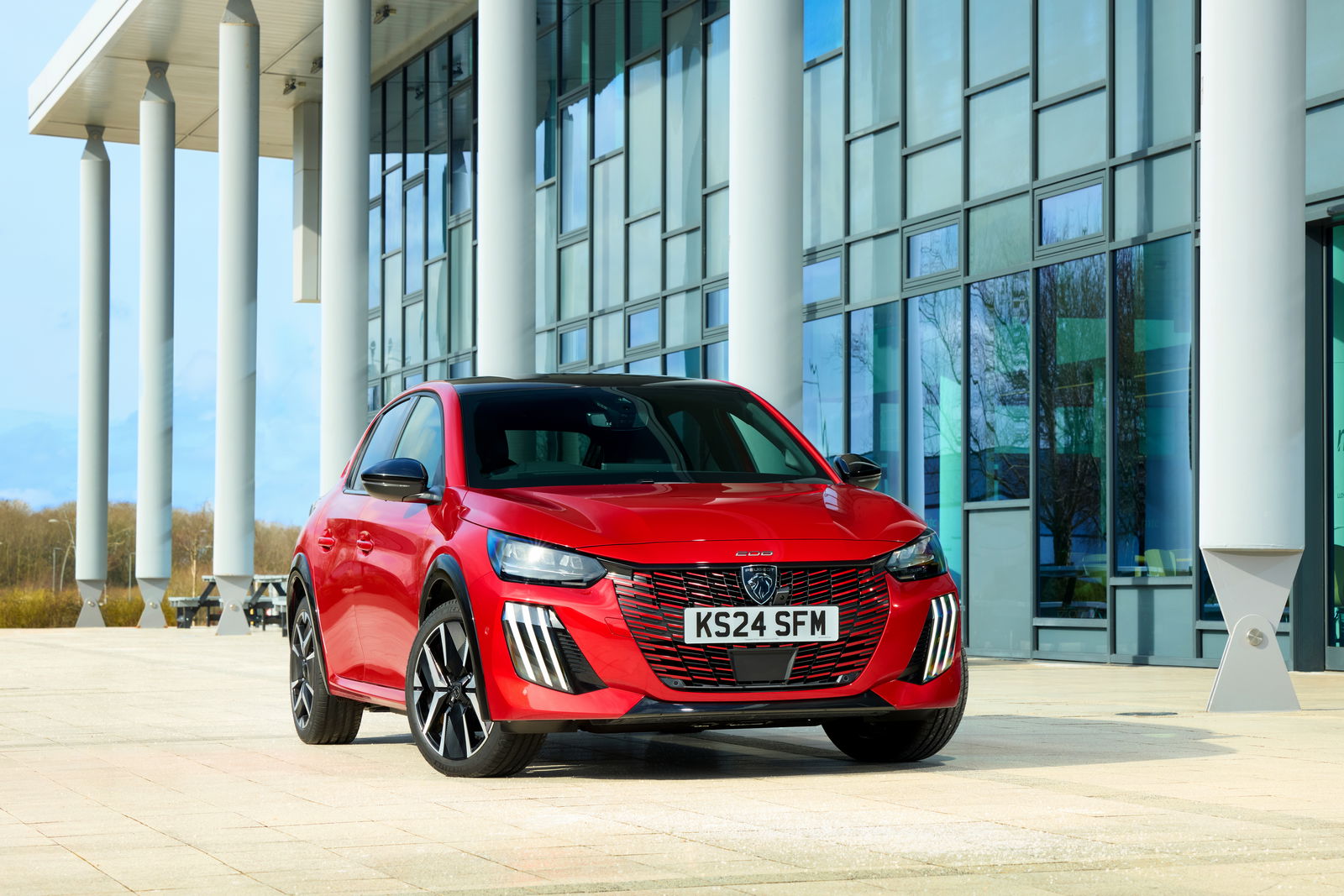
The handling is a pleasant surprise, too: it’s really good, in the way all Peugeots used to be before the company lost its way a bit in the 2000s. It changes direction quickly, stays usefully flat and grips gamely through corners. It also pains me to admit that the little steering wheel makes sense here, nicely complementing the 208’s chuckability. You even get a tiny bit of steering feel, although it does self-centre quite aggressively and artificially.
The 208 has a supple ride and does an admirable job of soaking up bumps and compressions. It all comes together in something that’s remarkably good fun to bound along a B-road in. It makes me sad that Peugeot doesn’t seem to have any plans for a proper hot version.
The engine does get a bit vocal at speed, but it fades nicely in town, where the 208 is a lovely agile thing to thread around. Its pliant ride and nippiness are handy in the world of speed bumps, potholes and tight gaps in traffic. The only problem at these speeds is the alarmingly grabby brakes. You already get a bit of slowing from the electric motor’s regen, but give the left pedal what you think’s a reasonably light touch and you’ll find yourself jolting to a halt. You get used to it eventually, but it’s not ideal.

The 208 Hybrid is very good at being a small French car. It feels nippy and lithe and has an infectious energy about it, and yet is comfy and supple to travel in. This is a trick France has been pulling since the days of the Citroen 2CV and Renault 4, and it’s nice to see it survives in a world of increasingly complex, tech-heavy cars.
It’s not perfect, and with this spec starting at £27,220 (rising to £30,510 as tested), it’s not exactly cheap – I suspect you’d be just as happy with a mid-range trim and a pure petrol setup. What it proves, though, is that in the age of the crossover, the good, old-fashioned supermini can still make you smile. And that has to be worth celebrating.
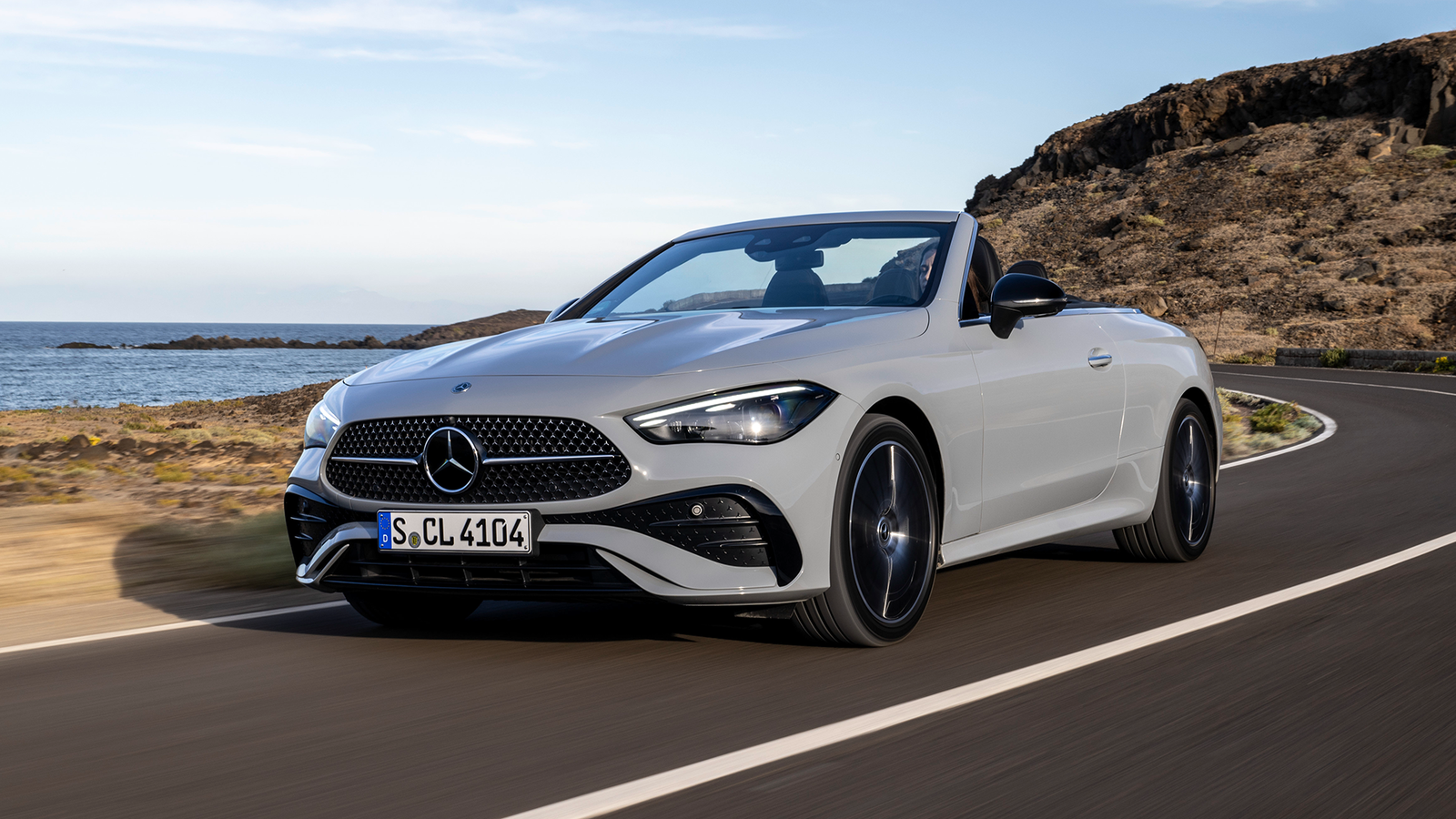
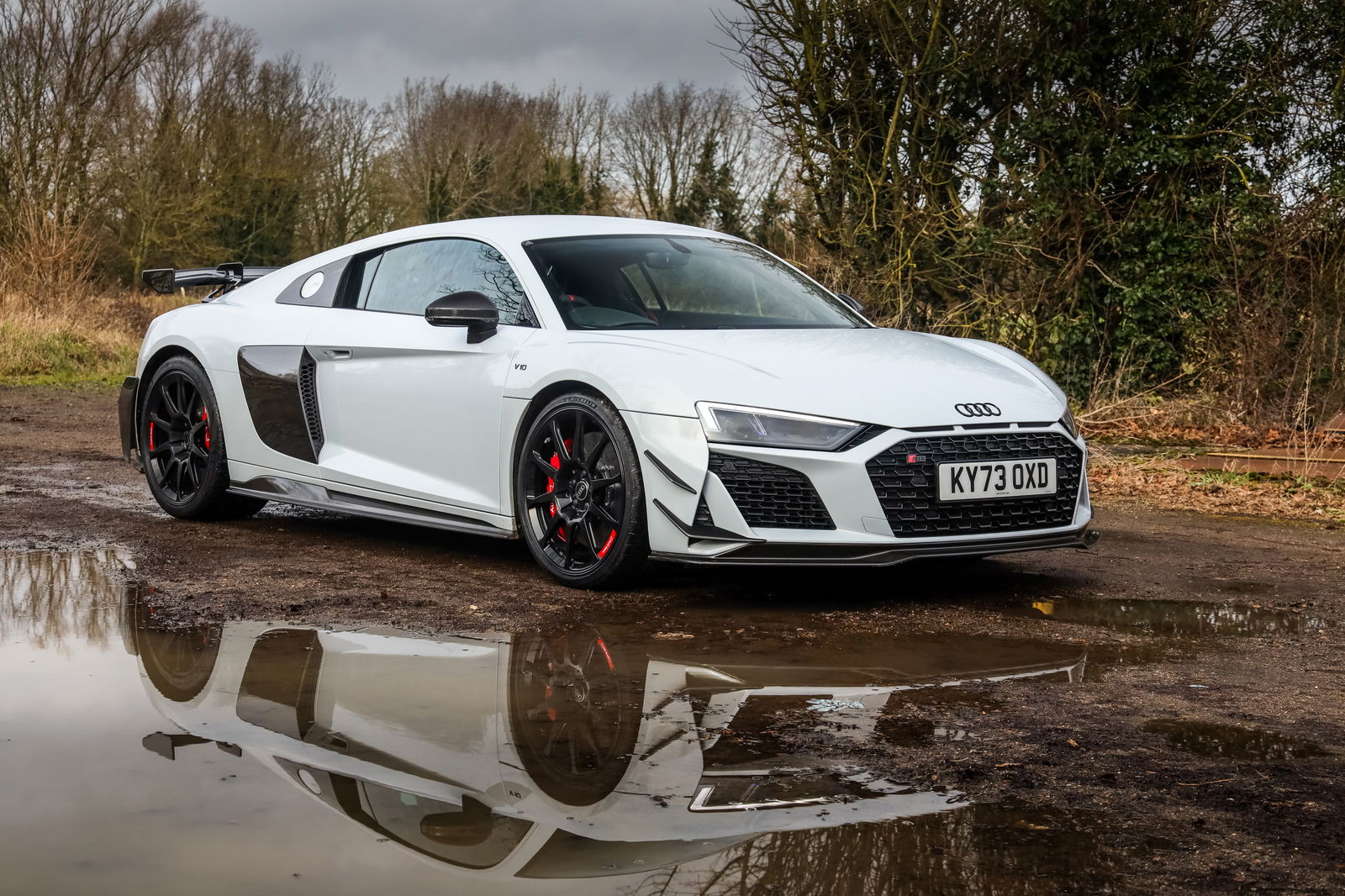

Comments